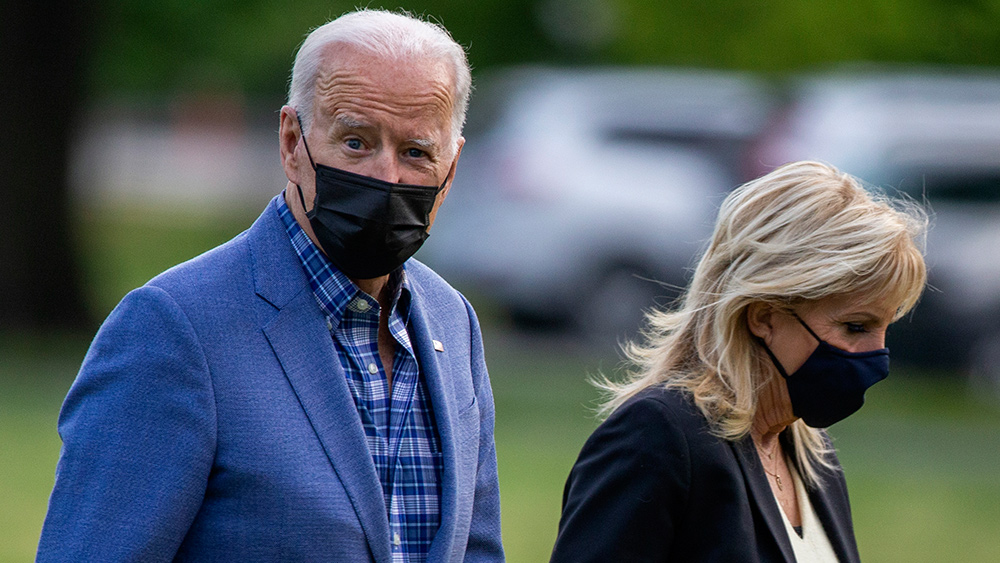
Lockdowns undo 30 years of progress against extreme poverty
In January, a report from the Oxford Committee for Famine Relief (Oxfam) demonstrated the impact of worldwide lockdowns and their far reaching socio-economic ramifications. The Oxfam report showed how the lockdown mandates have undone the last 30 years of progress made against extreme poverty. The report claimed that millions of people were being pushed towards famine as a direct result of lockdowns. The annual Credit Suisse Global Wealth Report didn't pin the blame solely on lockdowns. It said that the economic policies enacted by governments around the world in response to the COVID-19 pandemic have widened the gap between the wealthy and the poor. "The rise in wealth inequality was likely not caused by the pandemic itself or its direct economic impacts, but was instead a consequence of actions undertaken to mitigate its impact, primarily lower interest rates," the report's authors said. In other words, the actions to offset the effects of the pandemic contributed to a sizeable increase in wealth inequality. But the dire consequences of lockdowns were not limited to economy and finance. It has been thoroughly documented that lockdown measures have led to a drastic rise in the following: drug use and subsequent overdose deaths; deaths by suicide nationally and internationally, including child suicide; domestic violence, including sexual assaults and child abuse; and human trafficking.Lockdown mandates "should be regarded as a crime against humanity"
An article published by Waking Times said that lockdown mandates "should be regarded as a crime against humanity." The article claimed that "policymakers were rash, reactionary and criminally negligent." "Blood is on their hands, and a lot of it. The decision of lawmakers to enact these policies is directly contributory to the deaths of countless people. They are culpable, and liability should most certainly be applicable," the article said. As unemployment surged and mental-health and substance-abuse treatment programs were interrupted by lockdowns, the reported levels of anxiety, depression and suicidal thoughts increased dramatically – as did alcohol sales and fatal drug overdoses. (Related: More people died from fentanyl overdose than coronavirus in San Francisco last year.) The number of people killed last year in motor vehicle accidents in the U.S. rose to the highest level in more than a decade, even though Americans did significantly less driving than in 2019. It was the steepest annual increase in the fatality rate per mile traveled in nearly a century, apparently due to more substance abuse and more high-speed driving on empty roads. The number of excess deaths not involving COVID-19 has been especially high in U.S. counties with more low-income households and minority residents, who were disproportionately affected by lockdowns. Nearly 40 percent of workers in low-income households lost their jobs during the spring, triple the rate in high-income households. Minority-owned small businesses suffered more, too. During the spring, when it was estimated that 22 percent of all small businesses closed, 32 percent of Hispanic owners and 41 percent of black owners shut down. Martin Kulldorff, a professor at Harvard Medical School, summarized the impact: "Lockdowns have protected the laptop class of young low-risk journalists, scientists, teachers, politicians and lawyers, while throwing children, the working class and high-risk older people under the bus." Follow Pandemic.news for more news and information related to the coronavirus pandemic. Sources include: WakingTimes.com City-Journal.org TheGuardian.comBy News Editors // Share
Most Americans want nothing to do with Biden’s covid vaccine door-to-door “brownshirts”
By Ethan Huff // Share
FDA to add warning label to J&J covid injection about “serious but rare” autoimmune disorder
By Ethan Huff // Share
Top doctor in Tennessee fired after calling for teen vaccinations WITHOUT parental consent
By Ramon Tomey // Share
Report: Israel to pay for clearing vast amounts of rubble in Gaza after U.S. pressure
By patricklewis // Share
1,000 Evangelical pastors commissioned as pro-Israel ambassadors in Israeli-funded summit
By kevinhughes // Share
Venezuela accuses U.S. of "piracy" after seizure of oil tanker in disputed sanctions enforcement
By bellecarter // Share
DHS announces immigration milestone under Trump admin: 2.5 million illegals DEPORTED
By ramontomeydw // Share
A significant national problem exposed: Gold bar scam targets elderly victims
By ramontomeydw // Share











